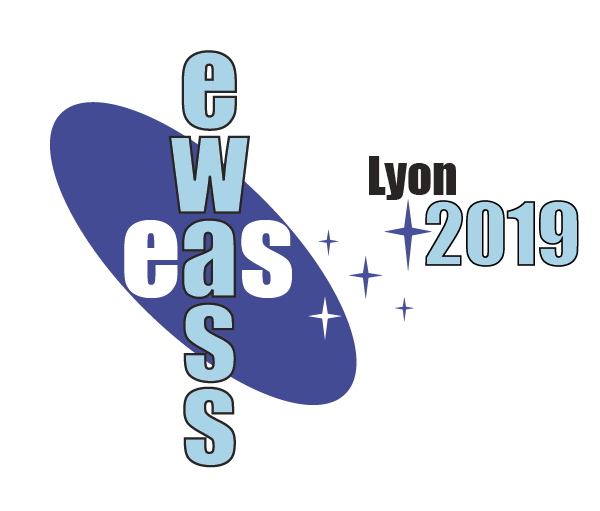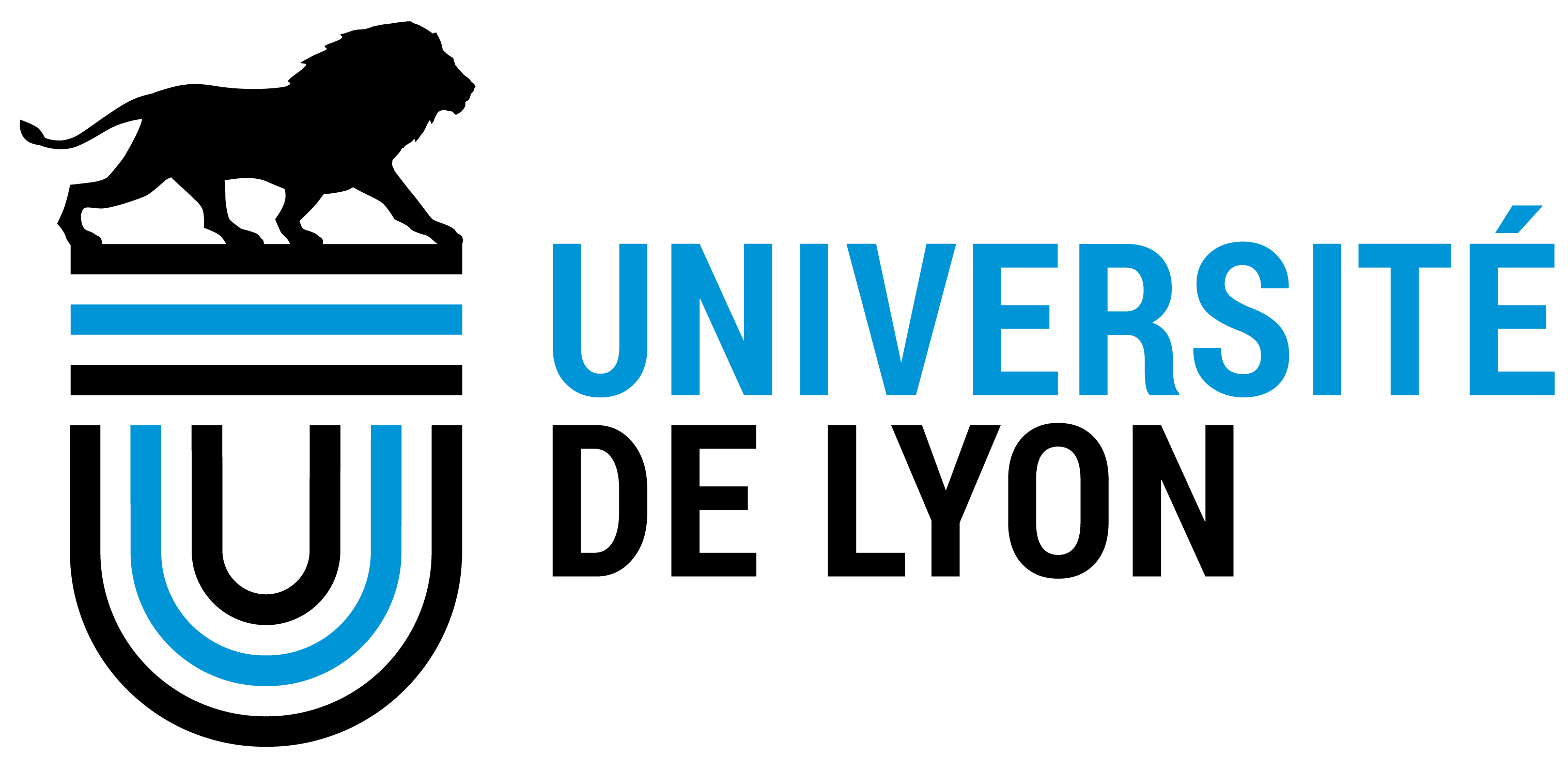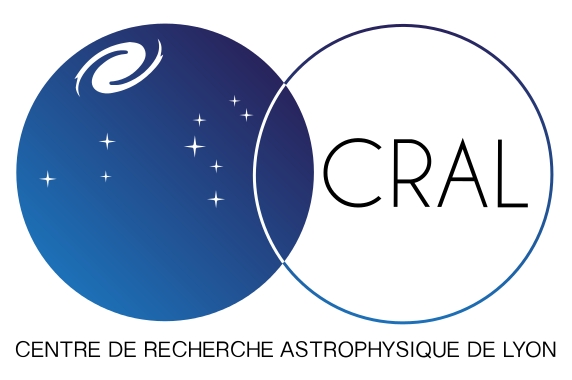
|
Lunch Session LS6
28 June 2019
News: Human relation to astronomy is very complex. At one level, the sky is a mesmerising marvel of nature and at the second level; it is the source of life and a life-breath for earth dwellers. At the third level, the study of the sky is a study of the heavens, the stars, planets, comets and other wonders therein. For early humans, the heavens were not only a fascinating sky-show, but a large jumble of everything including moon, stars and a large number of more erratic variables such as, comets, guest stars, met Aims and scopeArchaeoastronomy defines the close interaction of ancient science and culture. This in fact defines the intellectual growth of any civilization. It has been seen that worldwide this interrelation has not been well explored or systematically studied over the entire span of human existence. However, interesting Astronomers have initiated this study of investigation of the origin and growth of astronomy spread over the entire range of human time from prehistoric period. In the coming European week of Astronomy and Space science 2019 we expect a gathering of the wide spread of the Archaeoastronomers across the world who will try their best to have interesting short talks were they will fascinate the audience with their interested results that really proves how the ancients as well as the earlier ones would do astronomy even when people had no idea of doing a real science. Few posters will be displayed for the attention of astronomy lovers. We will expect the Astronomers from Europe, Egypt, Arabians, Chinese, and Indians as well as from west. People across the globe will be encouraged to come and share their recent investigations . Programme
Invited speakers
Scientific organisers
Contact Naseer Iqbal, dni_phtr @ kashmiruniversity.ac.in Updated on Sun Dec 02 20:36:32 CET 2018
|
||||||||||||||
|
European Week of Astronomy and Space Science / The annual meeting of the EAS |
|||||||||||||||
 A power cut will shut down all EAS services on Tuesday, 10 January 2017 starting at 7:30 CET.
A power cut will shut down all EAS services on Tuesday, 10 January 2017 starting at 7:30 CET.





